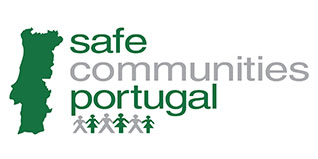Understanding Disaster Risk

The foundation for Disaster Risk Management (DRM) is understanding the hazards, and the exposure and vulnerability of people and assets to those hazards. By quantifying the risks and anticipating the potential impacts of hazards, governments, communities, and individuals can make informed prevention decisions. Such information can be used to set priorities for development and adaptation strategies, sector plans, programs, projects, and budgets. —World Bank. The Sendai Report: Managing Disaster Risks for a Resilient Future (2012)
Risk information provides a critical foundation for managing disaster risk across a wide range of sectors. Risk information is beneficial for a range of sectors: In the insurance sector, the quantification of disaster risk is essential, given that the solvency capital of most non-life insurance companies is strongly influenced by their exposure to natural catastrophe risk. In the infrastructure sector, quantifying the potential hazard expected in the lifetime of a building, bridge, or critical facility ensures resilient construction, and drives the creation and modification of building codes. In the land-use and urban planning sectors, robust analysis of flood risk likewise drives investment in flood protection and possibly effects changes in insurance as well.
At the community level, an understanding of hazard events -whether from living memory or oral and written histories – can inform and influence decisions on preparedness, the location of important facilities, and life-saving evacuation procedures.
Climate change can increase disaster risk in a variety of ways – by altering the frequency and intensity of hazard events, affecting vulnerability to hazards, and changing exposure patterns.
Components of risk
Disaster risk is the consequence of the interaction between a hazard and the characteristics that make people and places vulnerable and exposed.
Disaster Risk
Disaster risk is expressed as the likelihood of loss of life, injury or destruction and damage from a disaster in a given period of time.
Hazard
A hazard is a process, phenomenon or human activity that may cause loss of life, injury or other health impacts, property damage, social and economic disruption or environmental degradation. Hazards may be natural, anthropogenic or socio-natural in origin.
Vulnerability
The characteristics determined by physical, social, economic and environmental factors or processes which increase the susceptibility of an individual, a community, assets or systems to the impacts of hazards.
Exposure
The situation of people, infrastructure, housing, production capacities and other tangible human assets located in hazard-prone areas.
Source UNDRR Prevention web: Read more here
Return to Climate change Home page here
